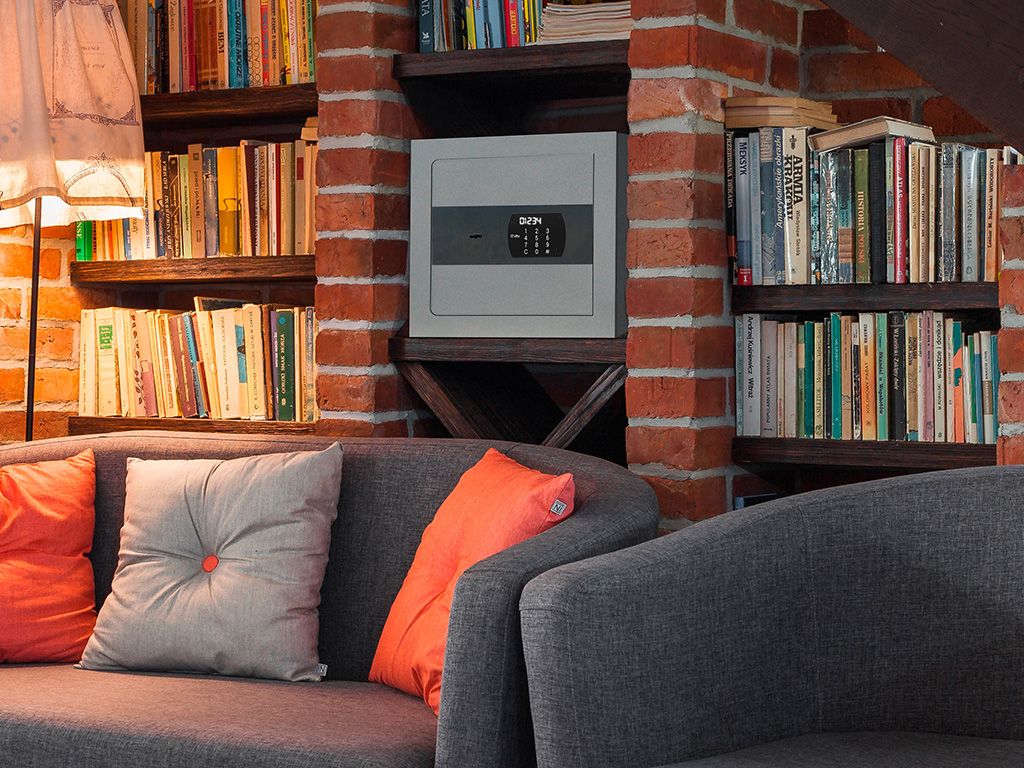
Safes are essential devices to protect valuables, important documents and other items from theft and damage. In this article, we will explore the different types of safes, their distinctive features and how they work to provide maximum security.
Types of safes
Safes are available in a variety of types to suit different security needs and environments:
- Built-in: These safes are installed on the wall or floor, providing an additional level of security when hidden to the naked eye. They are ideal for use in homes and businesses where a discreet appearance is preferred.
- Slot safes: Slot safes are designed to deposit documents and objects without opening the door completely. They are common in commercial environments such as retail stores, banks and hotels.
- High security: High security safes are designed with high strength locking materials and mechanisms to protect against theft and tampering. They are ideal for commercial and banking environments where extremely valuable items are stored.
- Domestic: These home safes are designed for home use and provide basic security to protect valuables and important documents in the home.
- High capacity: High capacity safes offer enough space to store a large number of valuables, files and documents. They are ideal for businesses and individuals with extensive storage needs.
- Camouflaged: Camouflaged safes are designed to resemble everyday objects, such as books, electrical outlets or furniture, to deter thieves.
- Fireproof: Fireproof safes are built with fire resistant materials and can protect their high temperature content for a specific period of time.
Features of the safes
Safes may vary in characteristics according to type and model, but some common features include:
- Security level: Safes are designed to provide a higher level of security and protect valuables from theft and damage.
- Storage capacity: Storage capacity is crucial and can range from compact models to large safes designed to store a large number of valuables and documents.
- Type of closure: Safes may have mechanical or electronic closures.
- Fire resistance: Some are designed with flame retardant materials to protect their contents from fire for a specific period of time.
- Mounting and placement: The choice of mounting method and the appropriate location are important to ensure maximum safety and accessibility.
- Camouflage and discretion: This provides an additional layer of security by keeping the safe off the intruders' radar.
- Ease of use: Locking systems must be intuitive and safe to ensure fast and secure access to the contents of the safe.
Operation of the safes
The operation of a safe depends on the type of locking system you use, which can be mechanical or electronic.
- Mechanical lock: Safes with mechanical lock use traditional locking systems, such as key locks or dial combinations. To open the safe, you must turn the key or dial the right combination.
- Electronic lock: Safes with electronic lock use digital keypads or touch panels to enter a PIN code or password. Some may also include biometric systems, such as fingerprint readers, for additional security.
Safes are an invaluable tool for protecting valuables and important documents. With a variety of types and features available, it is possible to find a safe that suits the specific security needs of each situation, such as those we offer in our leading hardware and security company, BTV. By understanding the different types of safes, their characteristics and their operation, users can make informed decisions to protect their most valuable belongings. If you are one of them and need more information, do not hesitate to contact us.

